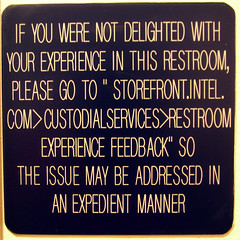 As my regular readers will know, I am more of a storyteller than a visual artist. But I often find that one of the best ways of expressing my ideas will be in picture form. Unfortunately, my drawing skills are poor. Really poor. So this means finding an alternative way of working.
As my regular readers will know, I am more of a storyteller than a visual artist. But I often find that one of the best ways of expressing my ideas will be in picture form. Unfortunately, my drawing skills are poor. Really poor. So this means finding an alternative way of working.
Where I always try to start is with the story. What is it that I am trying to get across to my audience? What is the starting point and where does the end point lie? What is the journey that we are going to take and what sights and sounds will we encounter along the way? I try to think of it as a train trip — something that has an EXPERIENTIAL element to it.
An essential aspect for me is the metaphor. What is the key theme that I want to apply … and what is the message? How do I build this up along the way? What are the rhythms I want to interject.
And once I have all this, I ask myself — is there some visual that I can use? Where can I find it? How can I bring my story with its key themes together around the visual? Normally I start with a Google image search based around my key messages. If that does not result in a winning image, I often go to Flickr and do the same. But every so often both of these great tools fail me. That is when I take a breath and think about my friends and community. I think blogs and I think Twitter. But rarely do I think Facebook.
However, when I was thinking about this post, I knew that there was an image that I wanted. I just needed to think where it was. And sure enough, I remembered. David Armano generously setup a fan page on Facebook some time ago and saved many of his well-known (and well-used) diagrams to image albums. This is one of them. Be sure to check this great resource next time you get stuck!








